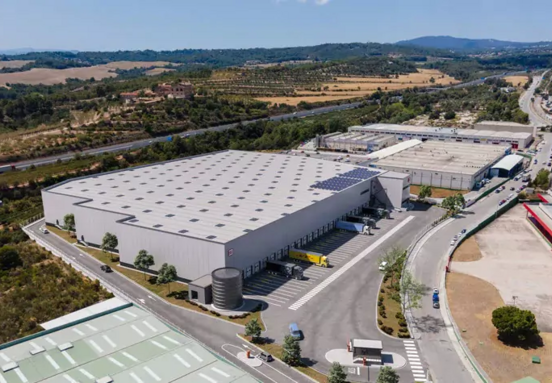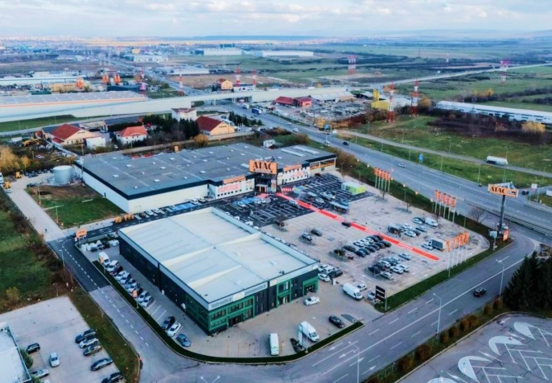It is possible that employees worked from several places during this pandemic period, and returning to their usual place of work would generate a shock, as they would have a different daily routine. In order to adapt, the specialists recommend returning to work gradually, so that the commute is integrated back into the daily routine and this approach will give employees time to organize their other personal obligations, such as the kindergarten / school program for children.
For the past two years, one of the main concerns of companies has been to resume business in office buildings in the most prudent way possible, so as to protect their employees from the risk of viral infection. The partial return to the office, by rotation, in conditions of social distancing, has created another work environment, which is now being reconfigured.
"According to the information we have from the market, from customers and partners of ESOP, the cessation of the state of alert led to an acceleration of the decisions to return to office and reorganize the headquarters, especially the social spaces, the component that lacked the more in these two years. From more spacious meeting rooms and spaces created especially for socializing – such as a corner that looks like a living room, companies are trying to bring people together, for better collaboration and synergies within and between departments ", says Alexandru Petrescu, Managing Partner at ESOP Consulting | Corfac International.
The hybrid work system must meet a major challenge: fairness to all employees, so that everyone is visible, integrated and has the same opportunities as those in the office.
We noticed that in the Romanian office market, as well as in more developed markets, companies analyze five main types of hybrid work models: remote-centric, office-centric, split week, alternate work weeks at home / office (week by week) or their own hybrid.
1. The remote-centric hybrid work schedule is one in which employees work remotely, with the option to come to the office in their own schedule. With space scheduling facilities, companies that opt for this version can save money for utilities and can instead invest in more friendly spaces, which will facilitate discussions and meetings, which will create closeness between employees.
2. Ideally, the office-centric hybrid work schedule is one in which employees come to work in the office most of the time, while also having the option of working remotely. This model is the closest to the traditional work schedule that most companies have implemented since 2020.
3. Another option is that of split week, which schedules different teams to meet in the office on different days of the week. Implementing this model is a good way to bring each individual department back into a collaborative space, while supporting remote work options. And in this case, ideally, the space is transformed, being focused on the idea of meetings and collaboration.
4. Alternate work weeks (week by week) means that employees come to the office to perform certain tasks that are best performed by physical presence, with the team, and then return to work remotely. The implementation of this program allows employers to coordinate on a monthly basis, while giving employees the option to work in the environment that suits them best 90% of the time. Enabling this type of hybrid work will help stimulate a sense of community that can increase labor productivity while reducing the use of utilities.
5. At the same time, there is the option of a work program "choose your own hybrid", so that the employee decides how it is most efficient to work.
As far as fully remote work is concerned, there are companies, especially in the field of IT&C or Shared Service Center, for which one of the major benefits is the possibility to work with people from other localities. Moreover, this type of program is one of the ways to retain young staff - digital nomads, who want to work remotely. Even for this approach, you need a physical space - meeting and socializing, which strengthens the idea of team.






